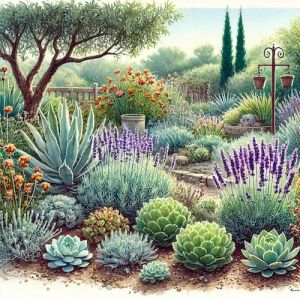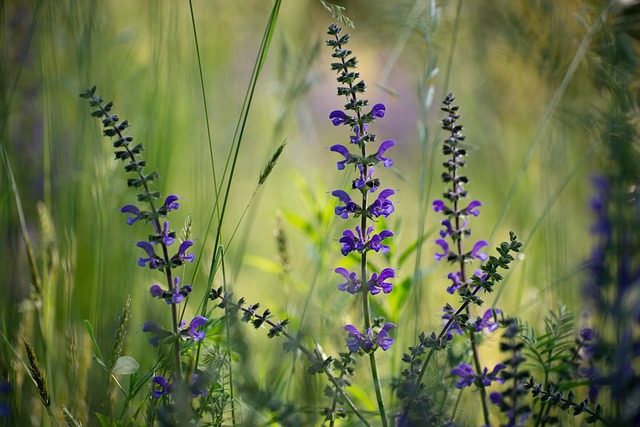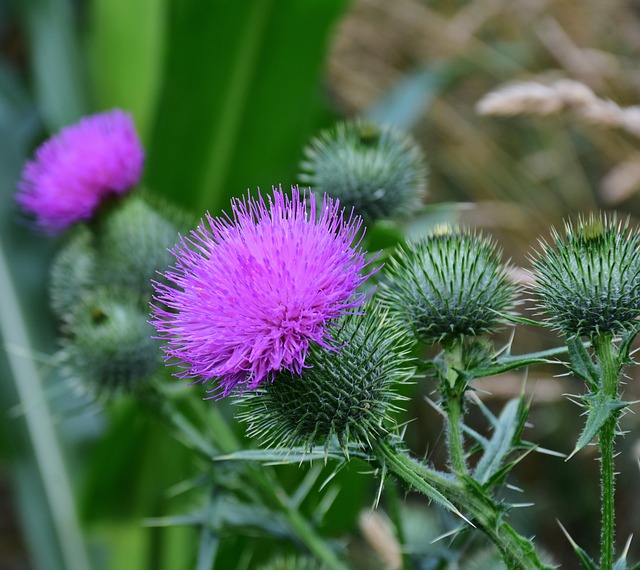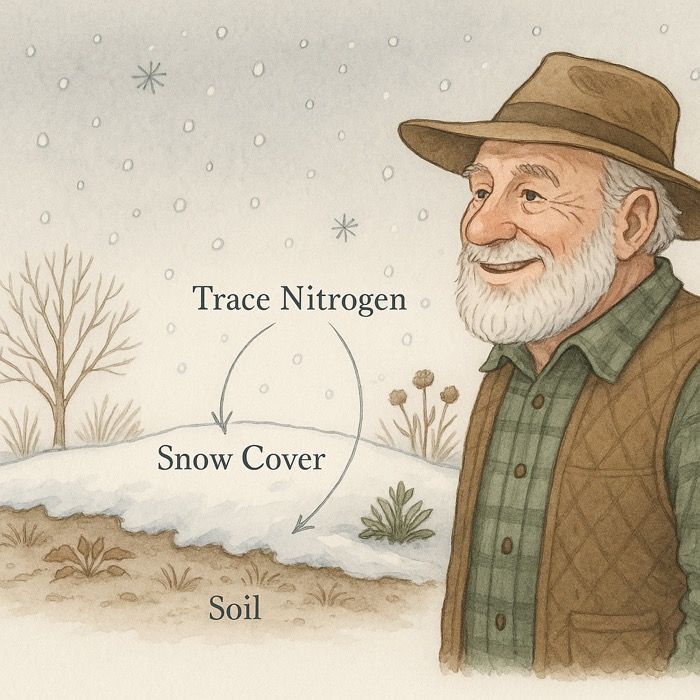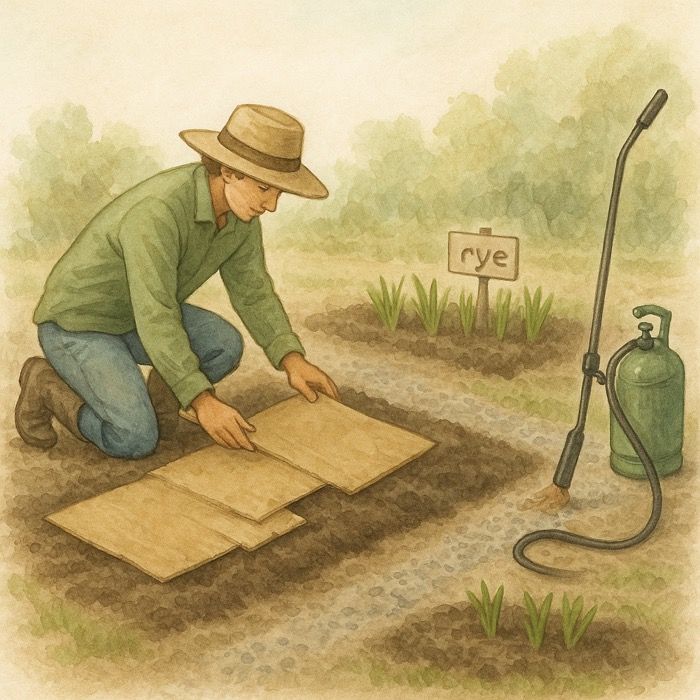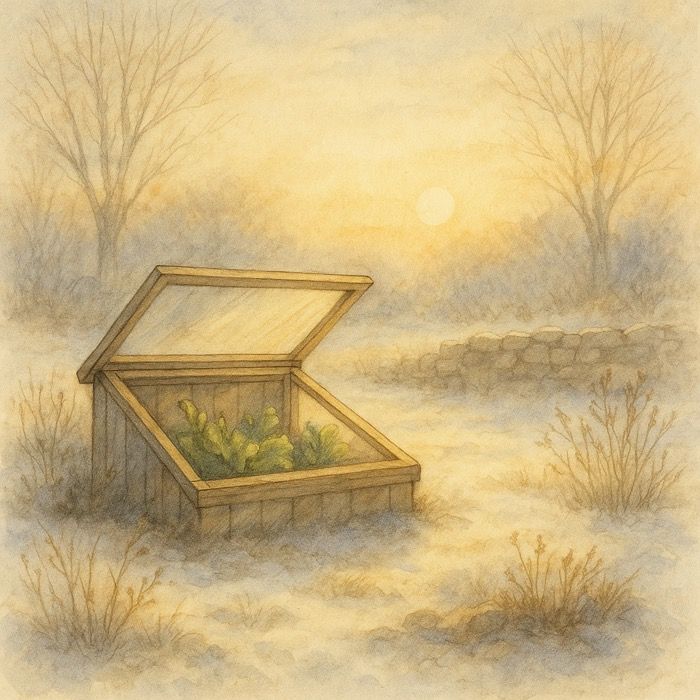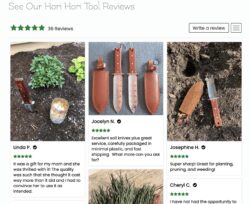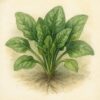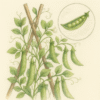The Best Drought-Tolerant Plants for Your Low-Water Garden
Drought-Resistant Plants for Low-Water Landscaping
Introduction
With water conservation increasingly important, drought-tolerant plants have become essential for sustainable gardening. These robust species need minimal watering and enhance your landscape while conserving water. This guide dives into the top drought-tolerant plants, detailing their resilience and suitability for your garden.
What Does ‘Drought Tolerant’ Mean?
Drought-tolerant plants are adapted to thrive in low-water conditions. They often feature deep root systems, waxy or hairy leaves, and mechanisms for water storage, helping them maintain vigor and appearance even during dry spells.
Master Gardener Tip for Drought-Tolerant Gardening– Before planting drought-tolerant species, perform a thorough soil assessment. Amend your soil to ensure it offers good drainage, which is critical for these plants. Adding organic materials like compost can improve soil structure, preventing waterlogging and supporting the health of drought-tolerant plants. Additionally, consider mulching around your plants to minimize water loss, suppress weeds, and regulate soil temperature. This preparation not only aids in water conservation but also ensures your drought-tolerant plants thrive in their environment.
Specific Types of Drought-Tolerant Plants
- Drought-Tolerant Shrubs
- Texas Ranger (Leucophyllum frutescens)– Thrives with minimal water, known for its silvery foliage and purple flowers.
- Rockrose (Cistus spp.)– Perfect for hot, dry sites with its vibrant blooms.
- Butterfly Bush (Buddleja davidii)– Attracts wildlife while surviving drought conditions.
- Bluebeard (Caryopteris)– Late summer blooms and a favorite among pollinators.
- California Lilac (Ceanothus)– Offers stunning blue or purple flowers.
- Dwarf Pomegranate (Punica granatum ‘Nana’)– Not just drought-tolerant but also bears fruit.
- Heavenly Bamboo (Nandina domestica)– Provides year-round interest with minimal water.
- Juniper (Juniperus)– Known for its resilience and evergreen foliage.
- Lavender (Lavandula)– Famous for its fragrance and drought resistance.
- Sage (Salvia spp.)– Aromatic leaves with a variety of flower colors.
- Drought-Tolerant Trees
- Mesquite (Prosopis spp.)– A heat-loving tree with deep roots.
- Palo Verde (Parkinsonia spp.)– Known for its stunning yellow flowers.
- Olive Tree (Olea europaea)– Not only drought-resistant but also provides olives.
- Joshua Tree (Yucca brevifolia)– Iconic to the Mojave Desert and extremely drought-tolerant.
- Moringa (Moringa oleifera)– Known as the drumstick tree, useful and resilient.
- Australian Willow (Geijera parviflora)– A willow that thrives in dry climates.
- Silver Dollar Tree (Eucalyptus cinerea)– Aromatic and with distinctive coin-shaped leaves.
- African Sumac (Rhus lancea)– Tolerates drought and provides dense shade.
- Desert Willow (Chilopsis linearis)– Delicate flowers and a favorite in xeriscapes.
- Kentucky Coffee Tree (Gymnocladus dioicus)– Hardy and requires little water once established.
- Drought-Tolerant Ground Cover
- Creeping Thyme (Thymus serpyllum)– Offers a fragrant, low-growing mat that withstands dry spells.
- Stonecrop (Sedum spp.)– Versatile and hardy, ideal for rock gardens or rooftop gardens where water is scarce.
- Ice Plant (Delosperma spp.)– Known for its colorful blooms and succulent leaves.
- Woolly Thyme (Thymus pseudolanuginosus)– Soft, dense foliage that thrives in dry conditions.
- Blue Fescue (Festuca glauca)– Ornamental grass that adds a striking blue color to landscapes.
- Silver Carpet (Dymondia margaretae)– Tolerates foot traffic and radiates a silvery hue.
- Dragon’s Blood Sedum (Sedum spurium ‘Dragon’s Blood’)– Displays vibrant red leaves and pink summer flowers.
- Creeping Juniper (Juniperus horizontalis)– Spreads widely, offering excellent ground coverage.
- Creeping Rosemary (Rosmarinus officinalis ‘Prostratus’)– Aromatic and effective for slopes and walls.
- Dwarf Periwinkle (Vinca minor)– Durable and provides evergreen coverage with blue flowers.
- Drought-Tolerant Flowers
- Coneflower (Echinacea spp.)– Not only drought-tolerant but also attracts pollinators.
- Sedum (Stonecrop)– Thrives in poor soil and comes in many varieties, providing color and ground cover.
- Lantana– Colorful, low-maintenance blooms that thrive in heat.
- Zinnia– Attracts butterflies and blooms vigorously even in heat.
- Russian Sage (Perovskia atriplicifolia)– Produces beautiful lavender-blue flowers.
- Globe Thistle (Echinops ritro)– Distinctive blue spherical flowers that are drought-tolerant.
- Blanket Flower (Gaillardia)– Offers bright, long-lasting blooms and loves the sun.
- Mexican Feather Grass (Nassella tenuissima)– Fine-textured grass that sways gracefully in the breeze.
- Coreopsis– Bright and cheerful flowers that need little pampering.
- California Poppy (Eschscholzia californica)– Self-seeding and thrives in poor, dry soil.
Best Regions for Drought-Tolerant Plants
Drought-tolerant plants are an excellent choice for regions that experience low rainfall, high temperatures, or both. These plants are specially adapted to thrive with minimal water, making them ideal for landscapes in areas prone to drought or water restrictions. Here’s a look at some of the best regions where drought-tolerant plants can flourish:
- Southwestern United States
- States like Arizona, New Mexico, Texas, and southern California are known for their arid climates and desert landscapes. Drought-tolerant plants such as agave, yucca, and various cacti are native to this region and are well-suited to the hot and dry conditions.
- Mediterranean Climates
- Areas with Mediterranean climates, including parts of California, parts of Western Australia, the Western Cape of South Africa, and the Mediterranean basin itself, are ideal for drought-tolerant gardening. Plants like lavender, rosemary, and olive trees thrive in these regions, which experience mild, wet winters and hot, dry summers.
- Rocky Mountain Region
- The higher elevations and the naturally dry conditions of the Rocky Mountain states, such as Colorado and Utah, make this region suitable for drought-resistant native grasses, sedum, and wildflowers that require less water.
- Great Plains
- Stretching across states like Kansas, Oklahoma, and Nebraska, the Great Plains deal with variable rainfall and can experience drought. Native prairie plants, which are naturally drought-resistant, are ideal for landscaping in this area.
- Southern Africa
- In regions like Namibia and parts of South Africa, where water scarcity is a common issue, drought-tolerant plants are necessary. Succulents such as aloes and euphorbias, which are adapted to very arid conditions, are widely used in gardens.
- The Middle East
- Arid countries such as Israel, Jordan, and parts of the Arabian Peninsula benefit greatly from using drought-tolerant plants in landscaping to reduce water use. Native desert plants that can handle both high temperatures and water scarcity are preferred.
How to Design a Drought-Tolerant Garden
A well-planned drought-resistant garden goes beyond plant selection. Follow these strategies to create a water-wise landscape:
1. Group Plants by Water Needs
Use xeriscaping principles to plant species with similar irrigation requirements together. This reduces wasted water and improves plant health.
2. Improve Soil for Water Retention
Amend soil with organic matter to improve drainage in clay soils and boost moisture retention in sandy soils. A top layer of mulch will help reduce evaporation.
3. Use Hardscaping Elements
Incorporate decorative gravel, stepping stones, and dry riverbeds to add structure and minimize thirsty lawn areas.
4. Choose the Right Irrigation Method
Install drip irrigation or soaker hoses instead of sprinklers to target plant roots and prevent water waste.
5. Focus on Native and Adapted Plants
Opt for regional native plants that are naturally adapted to your area’s rainfall and soil conditions. This ensures low maintenance and resilience during dry periods.
🌳 Smart Garden Design: Hydrozoning and Soil Prep
Water efficiency starts with thoughtful design. Group plants based on their water needs—a method known as hydrozoning—so you can irrigate more intelligently and avoid overwatering sensitive species. Improve plant performance by amending soil with organic matter before planting. Compost not only enhances soil nutrient content, but also dramatically improves moisture retention and reduces surface run-off. An added layer of mulch helps conserve water, suppress weeds, and moderate soil temperature—essential elements of a thriving drought-wise garden.
Conclusion
With the right plant choices and design strategies, a drought-tolerant garden can be both beautiful and sustainable. Whether you live in a dry climate or want to conserve water, these plants and techniques will help you create a thriving, resilient landscape.
Explore more drought-friendly gardening tips on The Celtic Farm!
FAQs on Drought-Tolerant Gardening
- Q1: What defines a drought-tolerant plant?
- A: Drought-tolerant plants are those that have adapted to survive in environments with prolonged dry periods. They often feature adaptations like deep root systems, waxy leaves, or the ability to store water, enabling them to thrive with minimal moisture.
- Q2: How often should drought-tolerant plants be watered?
- A: While establishing, drought-tolerant plants should be watered regularly. Once established, they typically require very little water and can often survive on natural rainfall, depending on the climate.
- Q3: Can drought-tolerant plants be grown in humid climates?
- A: Yes, many drought-tolerant plants can adapt to various climates, including humid areas, as long as they are planted in well-draining soil and are not overwatered.
- Q4: Are there drought-tolerant plants that also attract pollinators?
- A: Absolutely! Many drought-tolerant plants, such as lavender, salvia, and coneflower, are excellent at attracting bees, butterflies, and other pollinators.
- Q5: What are some common drought-tolerant plants?
- A: Common drought-tolerant plants include succulents like agave and sedum, grasses such as blue fescue, and herbs like rosemary and thyme.
- Q6: Can drought-tolerant plants help reduce water usage in my garden?
- A: Definitely. By incorporating drought-tolerant plants, gardeners can significantly reduce their water usage, as these plants require far less irrigation compared to typical garden plants.
- Q7: What should I consider when choosing drought-tolerant plants for my garden?
- A: Consider your local climate, soil type, and sun exposure. Choose plants that are well-suited to your specific conditions to ensure they thrive with minimal intervention.
Conclusion
Incorporating drought-tolerant plants into your garden is both practical and stylish, offering a way to conserve water while maintaining a vibrant landscape. These plants provide varied textures, colors, and forms, allowing for a beautiful yet resilient garden.
Transform your garden into a drought-resistant oasis with our extensive selection of drought-tolerant plants. Visit our nursery for expert advice and all the supplies you’ll need for a water-wise garden!
Resources:
UC Davis – Gardening with Little Water
More From Our Master Gardener
Recent Posts

❄️ Snow as Fertilizer – The Truth About “Poor Man’s Nitrogen”

5 Unexpected Winter Weed Control Strategies (That Don’t Involve Mulch)

Harnessing Winter Sun – Passive Solar Tricks for Your Garden

How to Grow Spinach – The Ultimate Beginner’s Guide for Tender, Nutritious Leaves

How to Grow Peas: The Ultimate Beginner’s Guide for Sweet, Crisp Harvests
